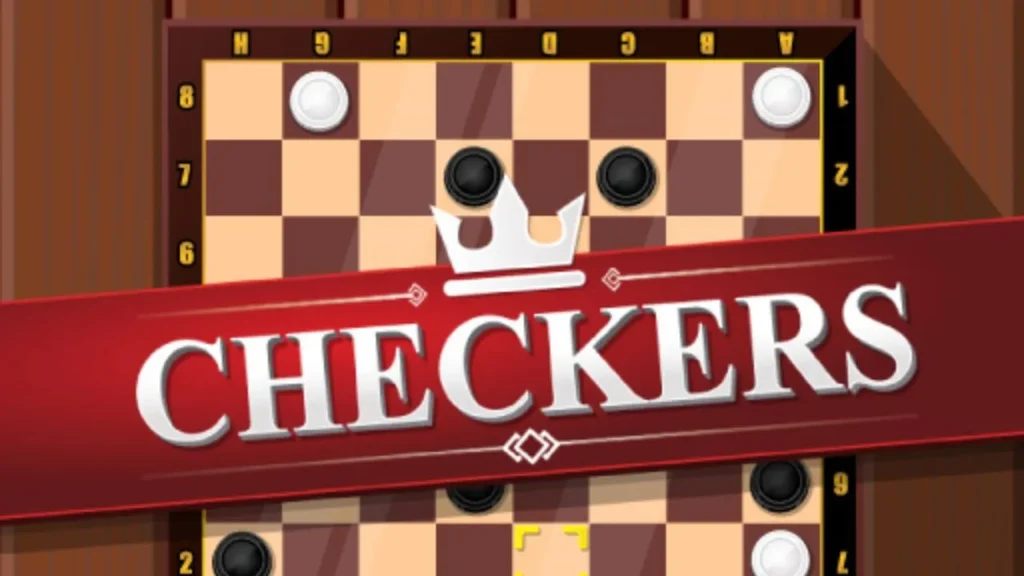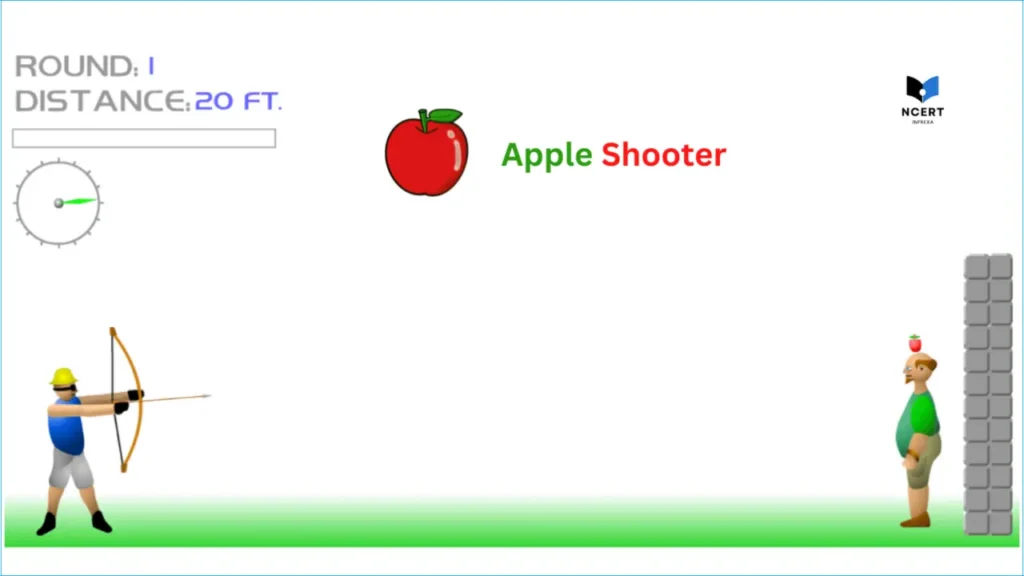Checkers, officially known as Draughts in many parts of the world, is the classic mind game. It’s all about planning moves, sometimes giving up a piece on purpose (a sacrifice), and knowing where your pieces need to be on the board (positional awareness). This guide covers the basic, universal rules you need to play well.
Whether you’re challenging yourself in a one-player mode against the computer (AI) or facing off in a two-player match against a friend, the main goal is simple: take all of your opponent’s pieces, or trap them so they can’t move anywhere.
Setting Up the Board and Moving Pieces
The game is played on a standard 8×8 board.
- Starting Position: Each player gets twelve matching pieces (we just call them “checkers”). You put your pieces only on the dark squares in the three rows closest to you. The player with the Black pieces always starts the game.
- Basic Movement: A checker can move only one square forward at a time, moving diagonally onto an empty dark square. You can never use the light squares.
Taking Pieces (The Jump)
The capture feature is what makes Checkers unique and strategic.
- The Jump: If your checker is right next to an opponent’s piece, and the square right behind their piece is empty, you must jump over it and land there. You then take the opponent’s piece off the board.
- You Must Jump: This is the biggest rule to remember: if you can jump an opponent’s piece, you have to do it. You cannot choose a different move.
- Chain Jumps: If you finish a jump and see that you can immediately jump another piece, your turn keeps going! You must keep jumping until you run out of possible captures.
How to Become a King in Checkers
When one of your pieces makes it all the way to the row furthest from you (the opponent’s starting row), it becomes a King.
- To show it’s a King, you usually place a second piece on top of it. This is called Crowning.
- Kings are much more powerful because they can move diagonally forward AND backward. This makes them great for capturing pieces anywhere on the board.
- Like all pieces, the king must follow the mandatory jump rule. They can make multiple jumps forward or backward in the same turn.
Tips for Playing Checkers
Playing Checkers successfully is less about movement and more about forcing your opponent into mandatory jumps that set up your captures.
- Keep the Back Row Safe: The rows where you start are very important. Try to keep your pieces there for as long as possible. They are safe when they can’t be jumped. Moving them too early can lead to them being taken.
- Build a Wall: Always think about how your move affects the pieces directly behind it. Try to keep your pieces together in a “chain” or “wall” to stop your opponent from breaking into your territory.
- The Smart Sacrifice: Good players sometimes move a piece where it can easily be taken. This is intentional! They do this to force their opponent into a mandatory jump, which then lets the player set up a better position or immediately capture a more valuable piece later.
- Plan Ahead: Since your opponent has to jump if they can, you can usually predict their next move if a jump is available to them. Always count the jump possibilities so you can plan your moves two or three turns ahead.
If you enjoy this kind of sharp deduction, try the deep brain game Master Chess. For logic and problem-solving, puzzles like Sudoku offer a similar mental workout






